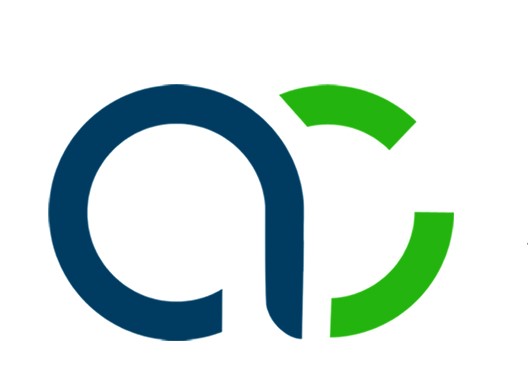Income Tax: Old Regime vs. New Regime
Navigating income tax options can be a bit overwhelming, especially with the choice between the old and new regimes. Here’s a breakdown to help you decide which might be better for you.
Old Regime and New Regime
Old Regime
The old regime has been around for a while and is familiar to most taxpayers. It allows you to claim various deductions and exemptions, which can reduce your taxable income significantly.
Key Features:
1.
Deductions:
· Section 80C: You can claim deductions up to ₹1.5 lakh for investments in PPF, ELSS, and other specified instruments.
· Section 80D: Deductions for health insurance premiums.
· House Rent Allowance (HRA): Available for those living in rented accommodation.
2.
Exemptions:
· Standard Deduction: Available for salaried individuals.
· Leave Travel Allowance (LTA): For travel expenses
Pros:
· Beneficial for those with substantial investments are eligible for multiple deductions.
· Allows for customized tax planning.
Cons:
· Requires detailed documentation.
· Can be complex to manage due to numerous exemptions and deductions.
New Regime
Introduced in the 2020 budget, the new regime offers lower tax rates but eliminates most deductions and exemptions.
Key Features:
1.
Lower Tax Rates:
· Simplified tax slabs with reduced rates for different income levels.
2. No Deductions/Exemptions:
· Most deductions like 80C, 80D, and HRA are not available.
Pros:
· Simplicity and ease of filing.
· Beneficial for individuals with fewer investments or deductions.
Cons:
· May result in higher tax liability if you previously relied on deductions.
· Less flexibility in tax planning.
.
Which One to Choose?
Which One to Choose?
The choice between the old and new regime largely depends on your financial situation:
· Choose the Old Regime if:
o You have significant investments and expenses that qualify for deductions.
o You’re comfortable managing complex tax planning.
· Choose the New Regime if:
o You prefer simplicity.
o You have fewer deductions.
o The lower tax rates align better with your situation.
Conclusion
Carefully consider your financial habits, income level, and investment strategy. Calculate your tax liability under both regimes to determine which is more beneficial for you. Remember these tips:
Tips
· Consult a Tax Advisor: Professional advice can help tailor the best approach for your specific circumstances.
· Use Online Calculators: Many online tools can help you compare tax liabilities under both regimes.
By understanding the differences, you can make an informed choice that optimizes your tax planning and financial health.






